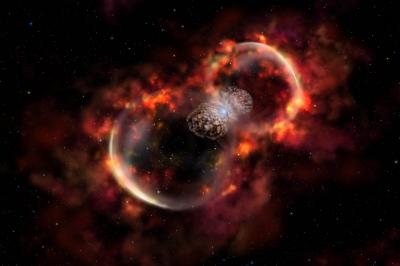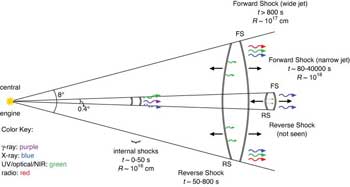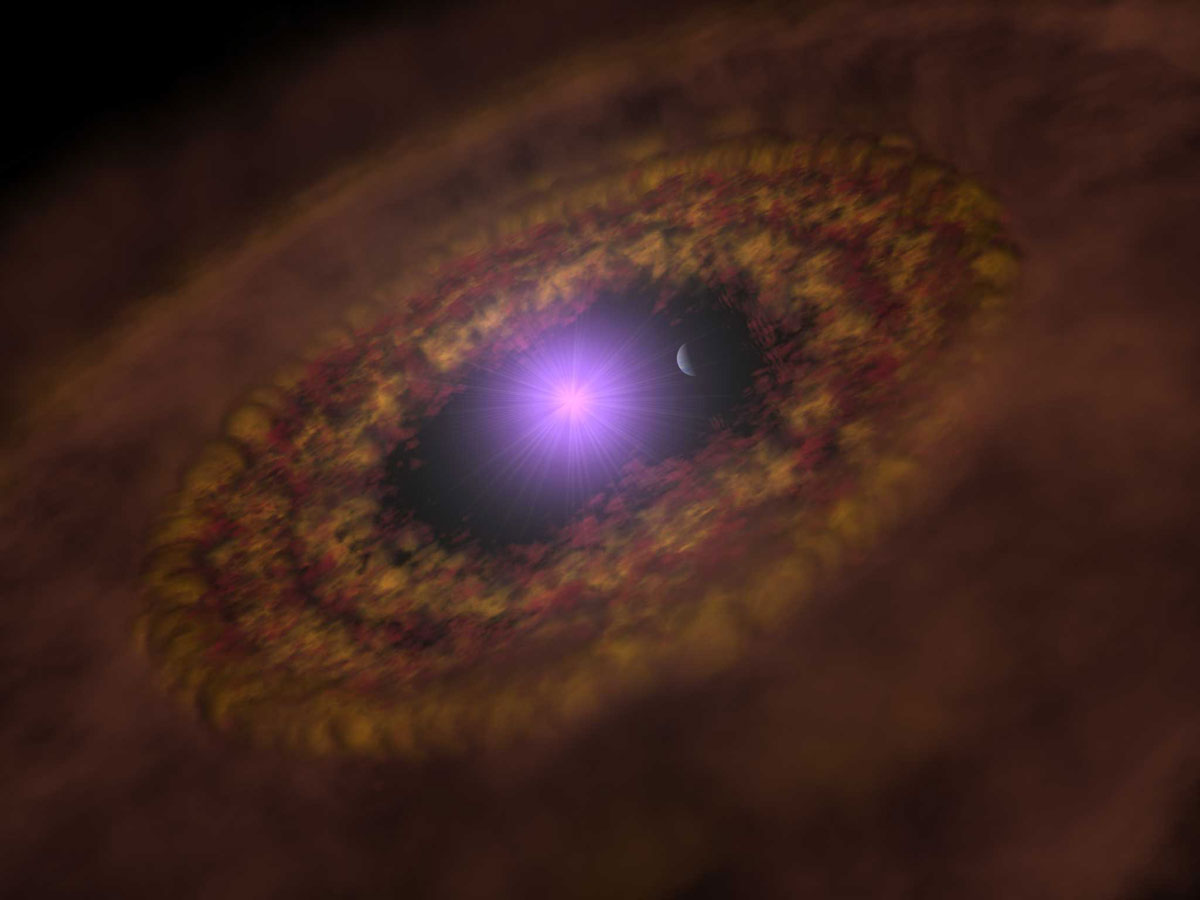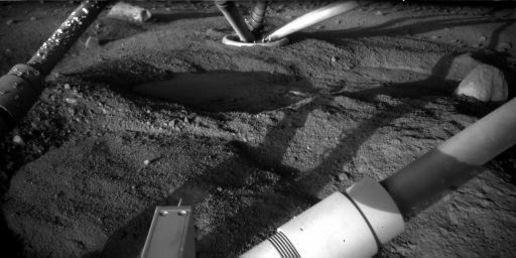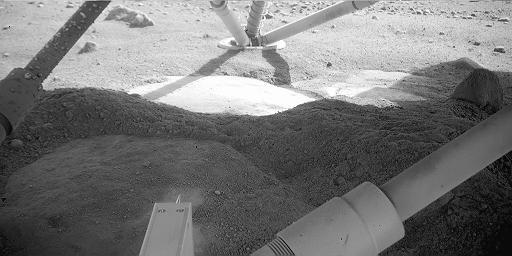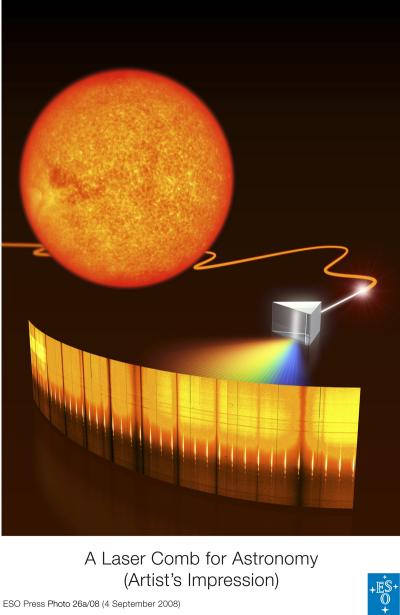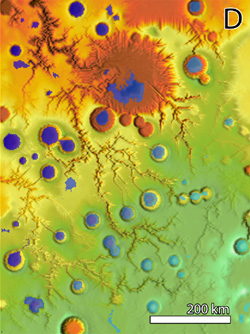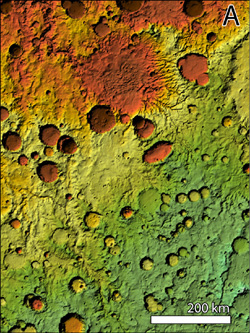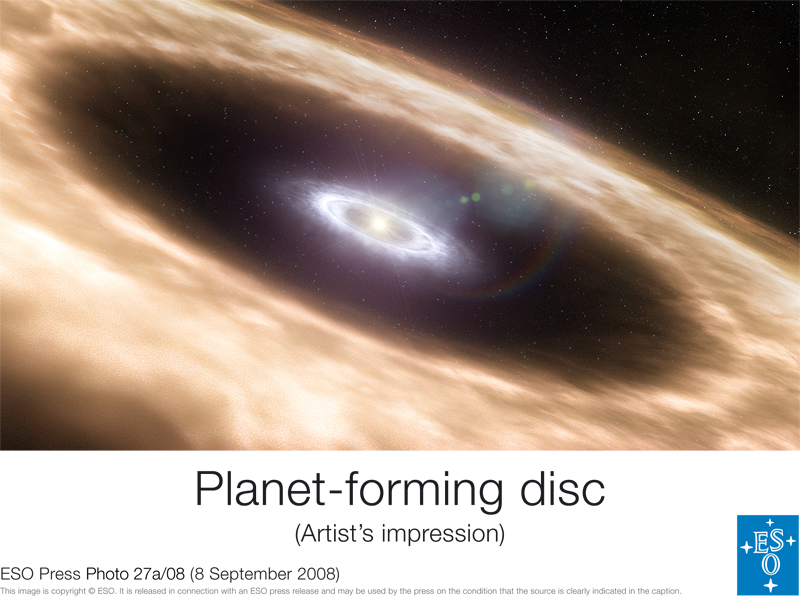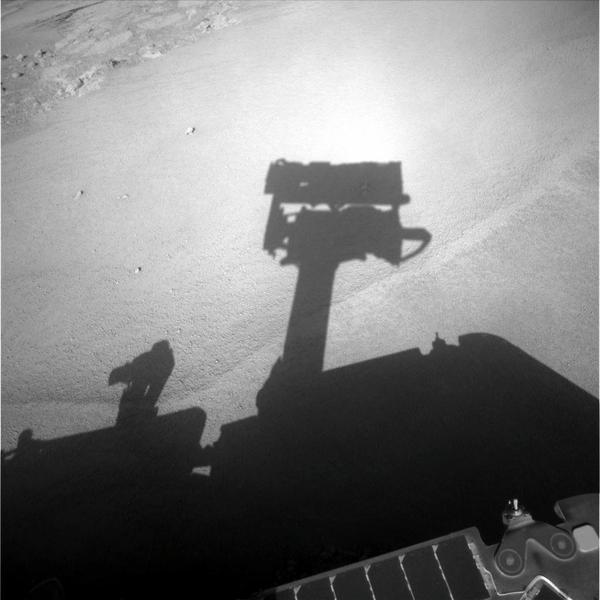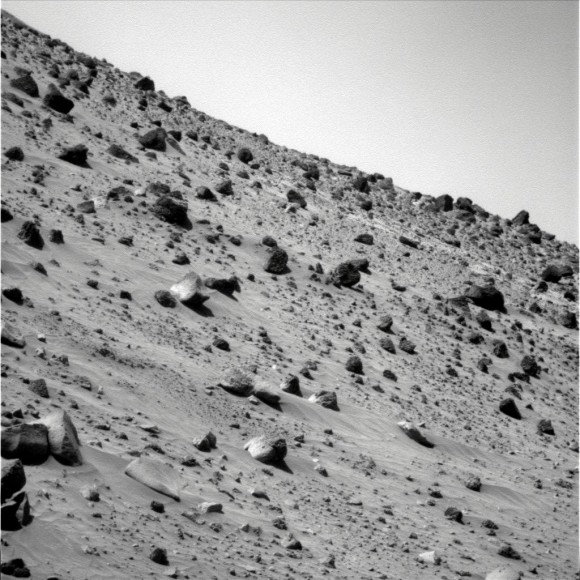[/caption]
There’s ‘smoked but didn’t inhale,’ ‘promised but didn’t deliver,’ and now there’s ‘exploded but didn’t destroy.’ Eta Carinae, the galaxy’s biggest, brightest and perhaps most studied star after the sun, appears to be driven by an entirely new type of stellar explosion that is fainter than a typical supernova and does not destroy the star. Astronomer Nathan Smith proposes that Eta Carinae’s historic 1843 explosion was, in fact, an outburst that produced a fast blast wave similar to, but less energetic than, a real supernova. This well-documented event in our own Milky Way Galaxy is probably related to a class of faint stellar explosions in other galaxies recognized in recent years by telescopes searching for extragalactic supernovae.
“There is a class of stellar explosions going off in other galaxies for which we still don’t know the cause, but Eta Carinae is the prototype,” said Smith, a UC Berkeley postdoctoral fellow.
Eta Carinae (η Car) is a massive, hot, variable star visible only from the Southern Hemisphere, and is located about 7,500 light years from Earth in a young region of star birth called the Carina Nebula. In 1843, observers saw Eta Car brighten immensely. Visible now is the resulting cloud of gas and dust, known as the Homunculus nebula, wafting away from the star. A faint shell of debris from an earlier explosion is also visible, probably dating from around 1,000 years ago.
But these shells of gas and dust are moving relatively slowly at 650 kilometers per second (1.5 million miles per hour) compared to the blast shell of a regular supernova.
Presumably blown off by the star’s fierce wind, the shells of gas and dust are moving slowly – at speeds of 650 kilometers per second (1.5 million miles per hour) or less – compared to the blast shell of a supernova. But new observations by Smith show filaments of gas moving five times faster than the debris from the Homonuculus, which would equal speeds of materials accelerated fast blast wave of a supernova explosion.
The fast speeds in this blast wave could roughly double earlier estimates of the energy released in the 1843 eruption of Eta Carinae, an event that Smith argues was not just a gentle surface eruption driven by the stellar wind, but an actual explosion deep in the star that sent debris hurtling into interstellar space. In fact, the fast-moving blast wave is now colliding with the slow-moving cloud from the 1,000-year-old eruption and generating X-rays that have been observed by the orbiting Chandra Observatory.
“These observations force us to modify our interpretation of what happened in the 1843 eruption,” he said. “Rather than a steady wind blowing off the outer layers, it seems to have been an explosion that started deep inside the star and blasted off its outer layers. It takes a new mechanism to cause explosions like this.”
If Smith’s interpretation is correct, supermassive stars like Eta Carinae may blow off large amounts of mass in periodic explosions as they approach the end of their lives before a final, cataclysmic supernova blows the star to smithereens and leaves behind a black hole.
“Looking at other galaxies, astronomers have seen stars like Eta Carinae that get brighter, but not quite as bright as a real supernova,” he said. “We don’t know what they are. It’s an enduring mystery as to what can brighten a star that much without destroying it completely.”
Source: EurekAlert

